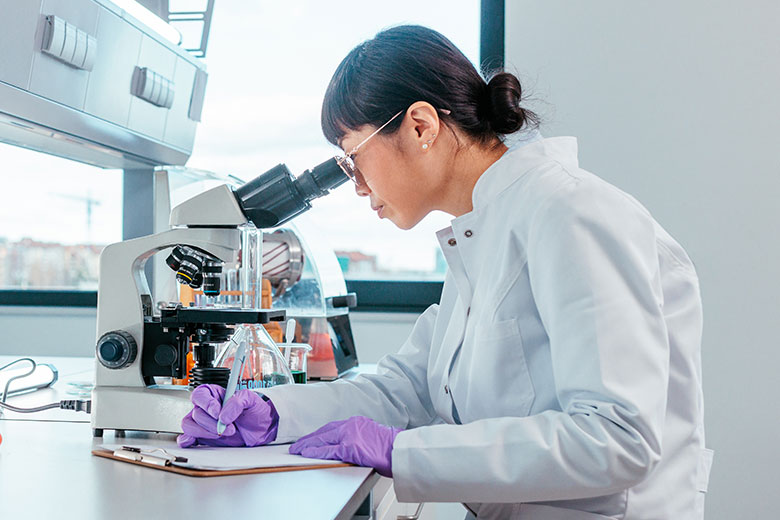Aortic Aneurysm
Leading-edge aortic aneurysm treatment
Aortic Aneurysm Repair at the Aortic Center
The aorta is your largest blood vessel, supplying oxygenated blood throughout the body. The Aortic Center at Beth Israel Deaconess Medical Center (BIDMC) offers prompt diagnosis and effective treatment options for aortic aneurysms.
Understanding Aortic Aneurysm
An aortic aneurysm is a bulge caused by weakness or degeneration in the wall of the aorta, the body’s primary and largest artery. Left untreated, an aortic aneurysm can continue to grow until it ruptures. A rupture is a potentially life-threatening situation that can develop without warning.
The aorta runs from your heart, through your chest and into your abdomen. Aortic aneurysms can appear anywhere along the aorta. These are the types of aortic aneurysms:
- Abdominal aortic aneurysm (AAA) — bulging of the aorta where it carries blood into the abdomen
- Ascending thoracic aneurysm — bulging of the aorta where it meets the heart
- Descending thoracic aneurysm — bulging of the aorta where it runs downward through the chest
- Thoracoabdominal aortic aneurysm — bulging of the aorta that extends from the chest to the abdomen
Most aneurysms cause no symptoms before it ruptures. In most cases, health care providers discover them while investigating other health concerns using ultrasound or CT scans.
Specialized Screening & Testing Services
Our team offers the latest tests to screen for and diagnose aneurysms. If you have an aortic aneurysm, you and your family members may benefit from cardiovascular genetic testing to better understand genetic risk factors.
Aortic Aneurysm Treatments
The risk of rupture is related to the size of the aneurysm. If your aneurysm is small, then the risks of surgery generally outweigh the benefits, and your care team will suggest ongoing monitoring. Your aneurysm care team will develop a customized treatment plan that meets your needs.
BIDMC researchers are actively studying emerging treatments for aortic aneurysms.
Medical Management
Not all aortic aneurysms require surgical treatment. Depending on the size and symptoms of your aneurysm, your care team may be able to medically manage it. The goals of medical management are slowing aneurysm growth and reducing the risk of rupture. Medical management involves these steps:
- Thorough evaluation
- Imaging exams over time to monitor aneurysm growth
- Medications to reduce blood pressure, cholesterol and heart rate
- Counseling to help you make lifestyle changes that may reduce your risk
Active Surveillance
If your aneurysm is small and not causing any pain, your care team may suggest a watchful waiting (active surveillance) approach. During this time, you should:
- Follow your doctor's recommended monitoring schedule. You may need to return to the office every six to 12 months for testing to make sure the aneurysm is not growing.
- Manage your blood pressure and cholesterol. This helps to reduce the rate of aneurysm growth.
- Quit smoking, if you smoke. This also helps to reduce the rate of aneurysm growth and reduces the risk of rupture.
- Stay active. Avoid a sedentary lifestyle so you can be in the best possible condition in case you need surgery.
Aortic Aneurysm Surgery
There are two treatments for correcting an abdominal aortic aneurysm: open surgical repair and minimally invasive endovascular aneurysm repair (EVAR). At the CardioVascular Institute, our vascular surgeons now treat the majority of abdominal aortic aneurysms using EVAR endovascular surgery.
We helped pioneer the latest version of endovascular abdominal aortic aneurysm repair: total percutaneous abdominal aortic aneurysm (AAA) repair. This procedure avoids the need for an abdominal incision and also avoids having to cut into the groin. Instead, vascular surgeons make a small puncture in the skin of each side of the groin to gain access to the aneurysm.
The vast majority of those having endovascular abdominal aneurysm repair here get this newer version of the procedure. The endovascular approach has many benefits:
- Shorter hospital stays
- Quicker recovery time
- Better long-term outcomes
- Reduced postoperative wound infection rates
You’ll also benefit from advanced technology such as our real-time, 3D visualization system for complex aortic aneurysm repair procedures.
Advancing Care, Research & Education

CardioVascular Institute
The CardioVascular Institute offers heart and vascular patient care, education opportunities for students, and a range of research programs.

Cardiovascular Research
Our Cardiovascular Research programs are dedicated to advancing cardiovascular care through scientific research, clinical trials and data analysis.

Cardiovascular Education
The CardioVascular Institute offers comprehensive education and training programs for healthcare professionals, including fellowships and residencies.
